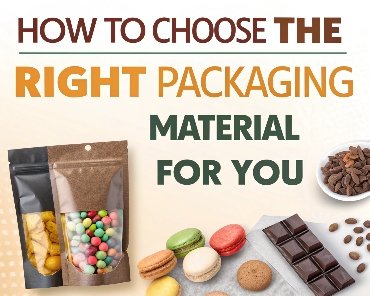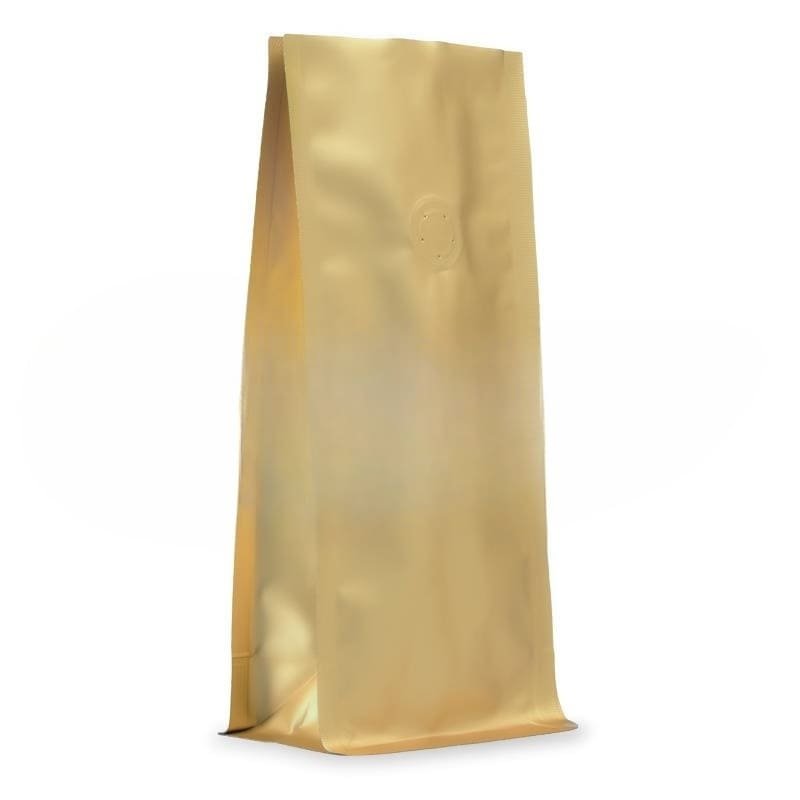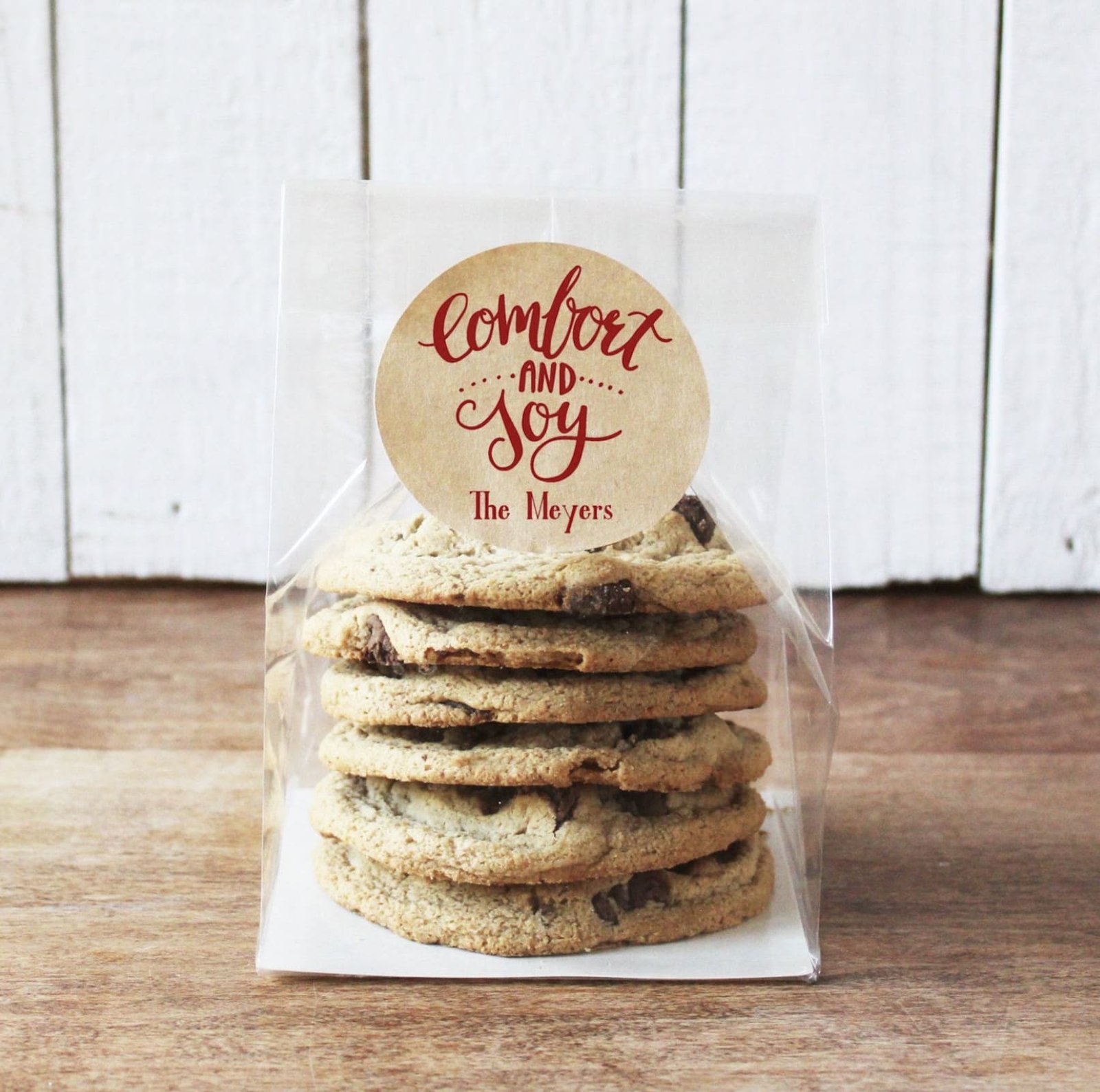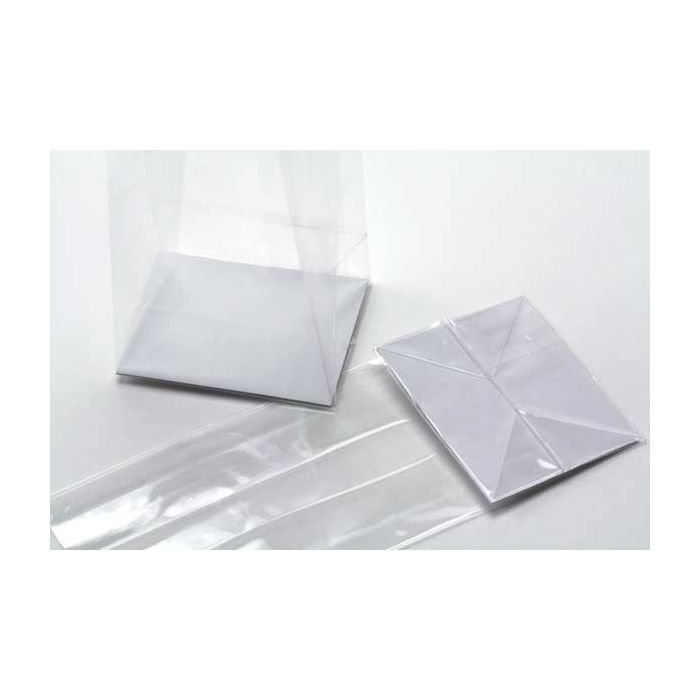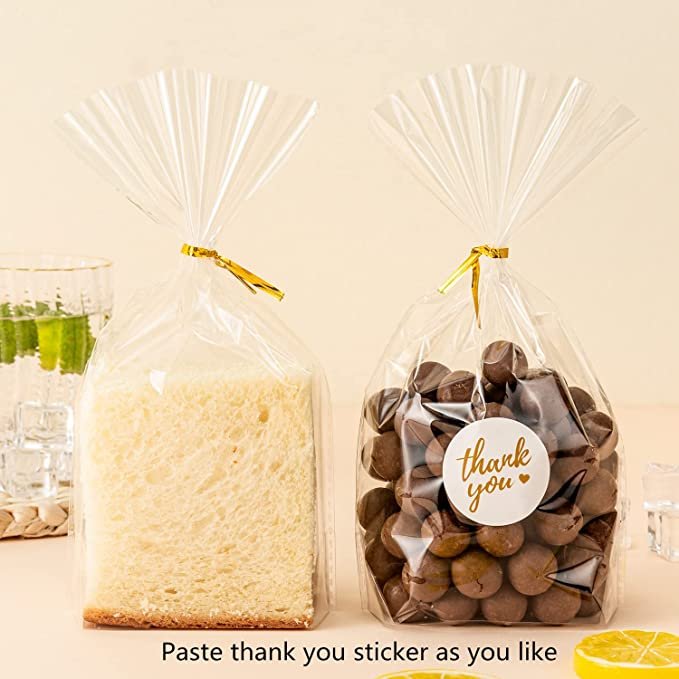Overwhelmed by material choices? The wrong packaging can ruin your product and damage your brand. Making an informed choice ensures protection, appeal, and cost-effectiveness for your supply chain.
To choose the right material, you must balance three core needs: product protection, market appeal, and business requirements. Start by analyzing your product's specific vulnerabilities, your brand's message, and your operational constraints like cost and logistics to find the perfect material match.

It seems simple, but getting this balance right is a real challenge. I've seen companies focus too much on just one aspect, like cost, and then pay for it later with damaged goods or a poor brand image. To avoid this costly mistake, we need to break the decision down into manageable pieces. This structured approach will help you make a smart, strategic choice. Let's start with the first big question you probably have.
How do I figure out the packaging for my product?
Starting a new product line is daunting. The packaging step can feel like a maze of options. I'll give you a clear, structured approach to navigate this process efficiently.
Start by profiling your product. What is it? How sensitive is it to light, air, or moisture? Then, define its journey. How will it be transported? Finally, consider your customer. What will make them choose your product off the shelf?

I remember a client who launched a new organic coffee. They initially chose a simple paper bag. It looked rustic and nice, but the coffee beans lost their aroma quickly because paper offers no oxygen barrier. Sales suffered. We worked with them to create a product profile. First, we identified the product's needs: a high barrier against oxygen and moisture to preserve freshness. Second, we mapped its journey from roaster to warehouse to cafe. This told us it needed to be durable. Finally, we defined their customer: someone who values quality and is willing to pay more. We switched them to a multi-layer pouch with a foil barrier and a one-way degassing valve. It cost more per unit, but their sales and customer satisfaction soared. This shows why you must analyze these three areas before choosing a material.
What are the criteria for choosing packaging materials?
You know you need to analyze your product, but what are the exact criteria? A vague plan leads to a bad choice. Let's create a clear checklist for your decision-making process.
The core criteria are Functionality (protection, barriers), Cost (materials, transport), Aesthetics (brand alignment, shelf appeal), and Compliance (regulations, sustainability). Every packaging decision is a trade-off between these four critical pillars. Your job is to find the optimal balance for your product.

Think of these four criteria as the legs of a table. If one is too short, the whole thing becomes unstable. I once worked with a snack company that focused only on cost and aesthetics. They developed a beautiful, thin bag that was very cheap. But they ignored functionality. The bags were not strong enough and broke open during shipping. They saved a few cents on the bag but lost dollars in returned and damaged products. This is a classic mistake. You must evaluate every potential material against all four criteria. Never sacrifice a critical function for a small cost saving. A checklist helps you stay objective and ensures you don't miss anything important during the sourcing process.
The Four Pillars Checklist
Use this table as a starting point for your evaluation.
| Criteria | Key Questions to Ask |
|---|---|
| Functionality | Does it protect from moisture, oxygen, light, or impact? Does it need to be resealable? |
| Cost | What is the cost per unit? How does it affect shipping weight and volume? |
| Aesthetics | Does the material feel premium or basic? How well does it print? Does it match my brand? |
| Compliance | Is it food-safe? Does it meet regional regulations? Can it be recycled? |
What are the golden design rules of packaging?
You’ve analyzed your needs and chosen a material. Now what? Bad design can ruin even the best material. Here are the rules that separate great packaging from the rest.
The golden rules are: Clarity, Honesty, and Simplicity. Be clear about what the product is. Be honest about what's inside. And keep the design simple and focused so a customer can understand it in a few seconds.

Clarity and honesty are non-negotiable. I saw a fancy new juice brand use an opaque pouch with a beautiful illustration of a pile of exotic fruits. Customers were excited. But the ingredient list showed it was mostly apple juice with a tiny amount of exotic fruit flavoring. People felt tricked. They bought it once but never again. That company broke the rule of honesty. Your packaging is a promise to the customer. A great design communicates that promise quickly. It uses simple graphics and clear text to tell the customer "This is what I am, and this is why you should buy me." Don’t try to be too clever or hide what your product is. In a crowded store, a confused customer will just move on.
Putting the Rules into Practice
Let's break down how to apply these rules.
- Clarity: A customer should be able to identify the product and the brand from a distance. Use a clean font, a clear brand logo, and a simple color scheme. If you sell chocolate, it should be obvious that it's chocolate.
- Honesty: Use photos or windows to accurately represent the product inside. If your chips are crinkle-cut, show crinkle-cut chips, not perfectly flat ones. This builds trust and leads to repeat purchases.
- Simplicity: Avoid cluttering your package with too much information. Focus on the one or two most important benefits. Is it organic? High protein? Extra spicy? Highlight that one thing. A simple, elegant design often looks more premium than a busy one.
How to choose the right packaging for a product?
We've covered materials and design rules. How do you merge them into a final choice? This is where theory meets reality. You must make a decision that works for your entire business.
To choose the right packaging, create a decision matrix. List your material options and score them against your key criteria like barrier needs, cost, and brand fit. The highest-scoring option is likely your best logistical and marketing choice.

This might sound overly analytical, but it prevents emotional decisions. For example, many clients come to me wanting a "sustainable" solution. They are drawn to biodegradable materials because it sounds good. But then we do the analysis. We find that the current biodegradable films don't have the oxygen barrier needed for their product, meaning a shorter shelf life and more food waste. They also have issues with durability during transport. In the end, the "eco-friendly" option might create more waste than a recyclable plastic pouch that protects the product perfectly. This is a tough conversation, but it's a necessary one. A decision matrix forces you to look at the real-world performance of a material, not just the marketing story. It helps you make a practical, responsible choice.
Conclusion
Choosing the right packaging is a careful balance of protection, aesthetics, and cost. By methodically analyzing your product, journey, and customer, you can make a strategic choice that builds your brand.


